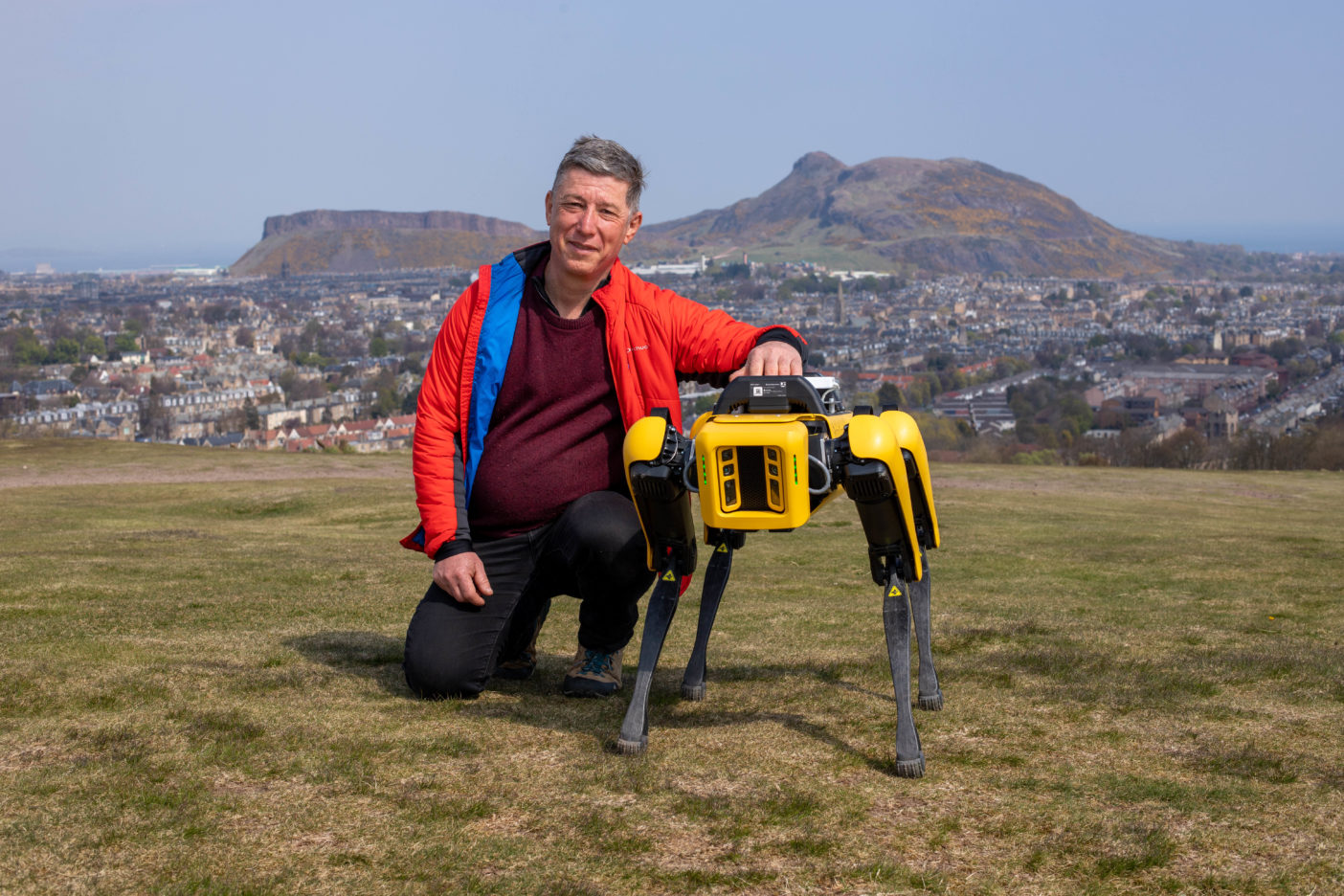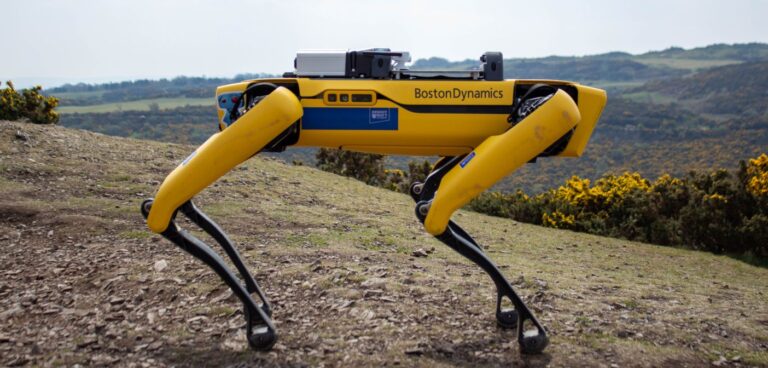The National Robotarium, based at Heriot-Watt University, Edinburgh is set to introduce the first Spot in Scotland, to support its hazardous environment research.
The robot, created by Boston Dynamics, will be fitted with “telexistence” technology, which lets humans experience an environment without being there, using devices like microphones and cameras to relay sounds and videos.
Researchers from the robotics and AI facility will use this hardware to study how robots can support humans in hazardous environments like offshore energy inspection and disaster recovery.
Yvan Petillot, professor of robotics and autonomous systems at Heriot-Watt University and co-academic lead of the National Robotarium, said: “In search and rescue operations or following accidents, Spot robots fitted with our sensors could monitor a casualty’s vital signs and transmit images and sounds back to a hospital, allowing doctors to offer advice on treatment or decide when it’s safe to move a patient.
“Robots of this design can climb over rubble, walk up and down stairs, and cope with hazards like dust and rain. These features will prove very useful as we develop more ways to ensure robots can help keep people safe and save companies money.”

Furthermore, the team will fit lidar sensors to the robot to build up a picture of its surroundings, enabling Spot to detect obstacles. This could be used on construction sites to avoid rubble.
Sen Wang, an associate professor at Heriot-Watt University and robotics and autonomous systems lead at the National Robotarium, added: “Our Spot is unique. We have set it up to be a moving data collector and data centre, equipped with advanced telepresence solutions.
“When we deploy it on construction sites, it will collect and measure in real time, relaying the data to multiple experts at once, all around the world. This means construction companies, regardless of their location, can benefit from worldwide expertise.
“Using Spot in this way has the potential to speed up the construction process, reduce costs of re-work, detect hazards, increase efficiency and improve quality control.”








